“There is a flower, a little flower
With silver crest and golden eye,
That welcomes every changing hour,
And weathers every sky.”
- James Montgomery, A Field Flower.
The ever pleasant, happy and wonderful daisy! While a common flower both in flower shops and gardens around the world, the daisy is anything but boring. The daisy is so widespread that it grows on every continent, except for Antarctica. It’s also believed that the daisy, whose family and species is immense, makes up for around 10% of all flowering plants in the world.
Scientific Information
Asteraceae or Compositae is the scientific naming for the family that daisies belong to. Within this family, there are over 32,000 species and over 1900 generas in 13 subfamilies. The only other family that rivals Asteraceae is the Orchidaceae family. Daisies are also in the same family as sunflowers and share many similar growing environments.
Related: Flower Facts: All About Orchids
In general, flowers in the Asteraceae are either annuals or perennials but a large number also grow as shrubs, trees or vines. Many varieties can grow almost all year round, generally blooming in early summer and keeping blooming until late fall.
While the daisy appears to be one flower, it is actually two flowers. The yellow centre and the surrounding petals are two different blooms.
Daisy Origins, Naming, and History
The daisy is native to much of Europe and Asia but it has since become a very common flower in North America. Daisy comes from the Old English word ‘daes eage’ which means ‘day’s eye’ as it refers to the way the flower closes its petals in the evening to then reopen again at dawn.
Considered as the original species of daisy, the Bellis perennis is a very usual daisy type in Europe. This daisy species is also known for its medicinal healing properties from the 15th century onwards in many countries.
Daisy Colours
Daisies come in nearly every shade of the rainbow and a variety of shades and hues in between. Daisies can also be bi and tri-coloured.
●White
●Pink
●Red
●Blue
●Green
●Purple
●Orange
Common Daisy Types
Gerber Daisy
Name after the German botanist and doctor Traugott Gerber, the Gerber daisy is also known as the Transvaal daisy or Barberton daisy. This daisy is native to South America, Africa and Asia and is a striking flower with a large bloom that can range between 7 and 12 cm. The Gerber daisy is the fifth most used cut flower in the world.
English Daisy
Native to western, central and northern Europe, this daisy has also naturalised itself in North America. Sometimes called the common daisy or bruisewort. The English daisy has a long flowering season and is even known to bloom during mild winters. This type of daisy can be eaten as a potherb and is still commonly used in homoeopathy for its healing properties.
Aster Daisy
This genus of aster has about 180 different species within its genus. Common types of asters include the Brewer’s aster, the Jeju aster and the blue wood aster. The name aster is derived from the Greek word for star, attributing to the flower’s star-like shape. Asters are popular daisies for their unique shape and their wide array of colours.
Image from Pexels
Florist’s Daisy
Florist’s daisies, or chrysanthemums, have been cultivated in China since 500 BC and is one of the oldest medical materials used in Chinese medicine. This daisy has since become a popular cut flower and garden flower around the world.
Painted Daisy
Appropriately named for it’s painted appearance and stunning colours, this perennial daisy grows in bushes and has a strong and pleasant fragrance that makes it a popular garden flower for its ability to repel pests and attract butterflies.
Daisy Symbolism and Meaning
Generally speaking, daisies have come to signify innocence, purity, and true love but have also come to have a variety of other meanings across time and cultures.
●For the Victorians, daises embodied innocence
●The Norse believed that the daisy was the sacred flower of the goddess Freya. It represented love, beauty, fertility, childbirth, motherhood and new beginnings.
●A Roman myth associated the daisy with chastity.
●Egyptians believed that the daisy represented a closeness to nature or devotion to the sun.
●Celtic people use the daisy to help minimise the stresses and sorrows of life.
Daisy Meanings by Colour
●Purple – dignity and success
●Yellow – friendship and happiness
●Blue – openness and peace
●White – humility and innocence
●Red – passion, love, and romance
●Pink – gentleness, love, and romance
Daisy Flower Arrangements
As daisies are so hardy, come in almost any colour imaginable, as well as offering a wide species variety to chose from, it’s no surprise that daises are a top choice for florists and flower lovers.
●Daisies pair well with each other, either of the same species or a different one. Like Gerbers and sunflowers.
●Daisies go well with flowers of similar shape and size. For example, chrysanthemums are often round and circular and go well with hydrangeas or Gerber daisies with lilies
●Daisies, especially the English kind or chrysanthemums are great in Mother’s day arrangements or gifts.
●Daisies make fantastic spring or summer flower for weddings. Either as centrepieces or as a boutonniere or bridal bouquet.
●Arrange daisies of similar shades for a beautiful pastel look.
●White daisies are an appropriate flower for use at funerals, funeral wreaths, and coffin toppers.
●Gerber daisies are remarkable enough on their own that even if you only have one in a vase it still looks stunning. Try a floating vase with a Gerber daisy or combining it with some colourful accents.
Daisy Care
As there are so many types of daisies, there is a guarantee that you can find a species to grow and appreciate in your geographical location. Daisies are notoriously hardy and can withstand a variety of environmental stressors that many other flowers can’t. Some varieties are resistant to salt, others frost, and some drought.
Garden Care
Daisies are not generally needy flowers but still require some care. After planting, water them well for the first season but after that cut back as daisies don’t like overwatered or soggy soil and may even tolerate some drought later on. Follow up with fertilizer in the fall and if they’re getting too big, divide them in the spring. Deadhead your daisies to keep them looking fresh all season.
Cut Daisy Flower Care
If looked after, daisies have a vase life of around 7-10 days. Keep daisies in a cool part of your home or office as they generally prefer a cooler temperature and will last longer. For Gerber daisies, they may last longer in flower foam. Further, Gerber daisy stems can become soft and weak if fully submerged in water so for stronger stems that don’t wilt, only fill the vase with one to two inches of water.
General Flower Care:
●Cut the stems at a 45-degree angle.
●Use flower food.
●Don’t let any dead or dying leaves and petals fall in the water. Prune and remove the leaves and petals before they die.
●Change the water daily.
●Keep flowers away from drafts, fans, and appliances that give off heat.
Interesting Daisy Facts
●Games of “He loves me, he loves me not” with the daisies are popular and is played by pulling off each petal of the flower saying the phrases to determine if a crush loves you back. The biggest and record-breaking game took place in Milan, Italy with 331 people.
●During the Hungarian revolution of October 31, 1918, the aster flower was worn by protesters giving the nickname of the “Aster Revolution”.
●Daisies are the April birth month flower.
●The phrase “ups-a-daisy” originated in the 1800s and was used to encourage kids to get up after a fall. The phrase turned into “oopsy daisy” later on as is still an exclamation after a stumble or a mistake.
This is a Hong Kong GGB original 'Flower Facts: All About Daisies' blogpost.






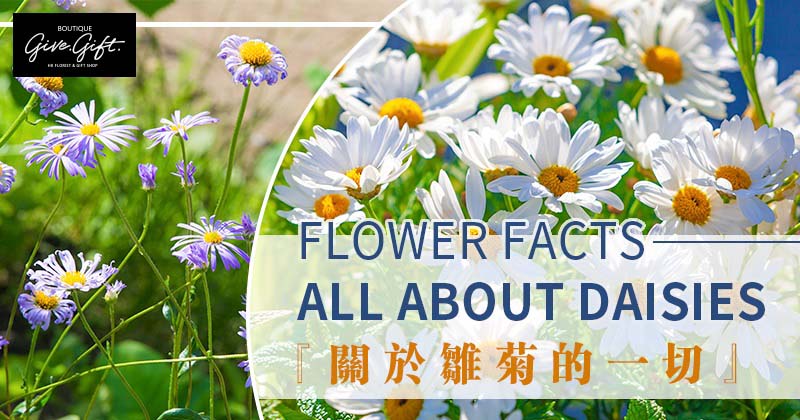
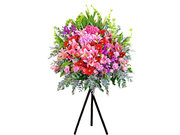
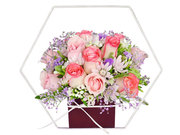

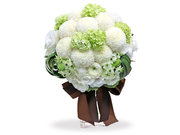
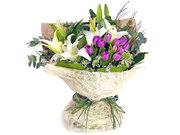
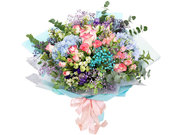
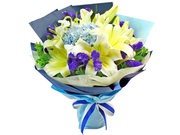
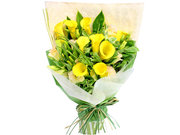

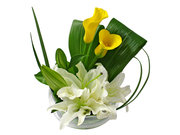
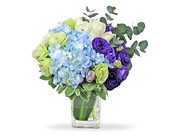
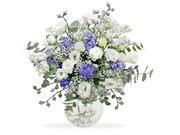
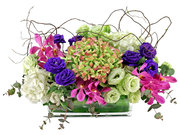
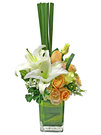

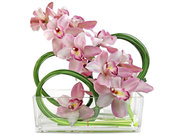
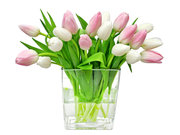

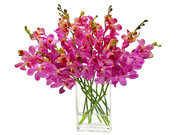
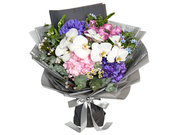
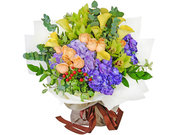


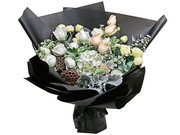
 Share
Share Tweet
Tweet +1
+1  Pin it
Pin it Post
Post  Weibo
Weibo Review
Review




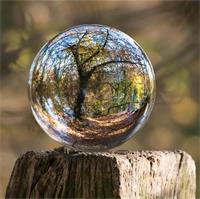

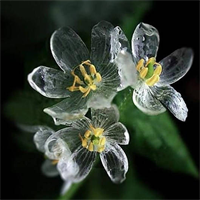
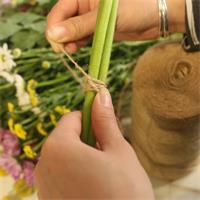





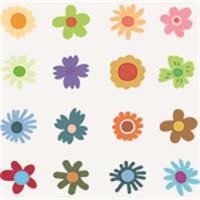
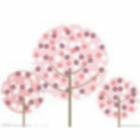
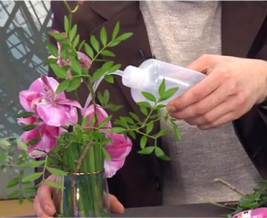



 Diwali Gifts
Diwali Gifts 
 ▶
▶